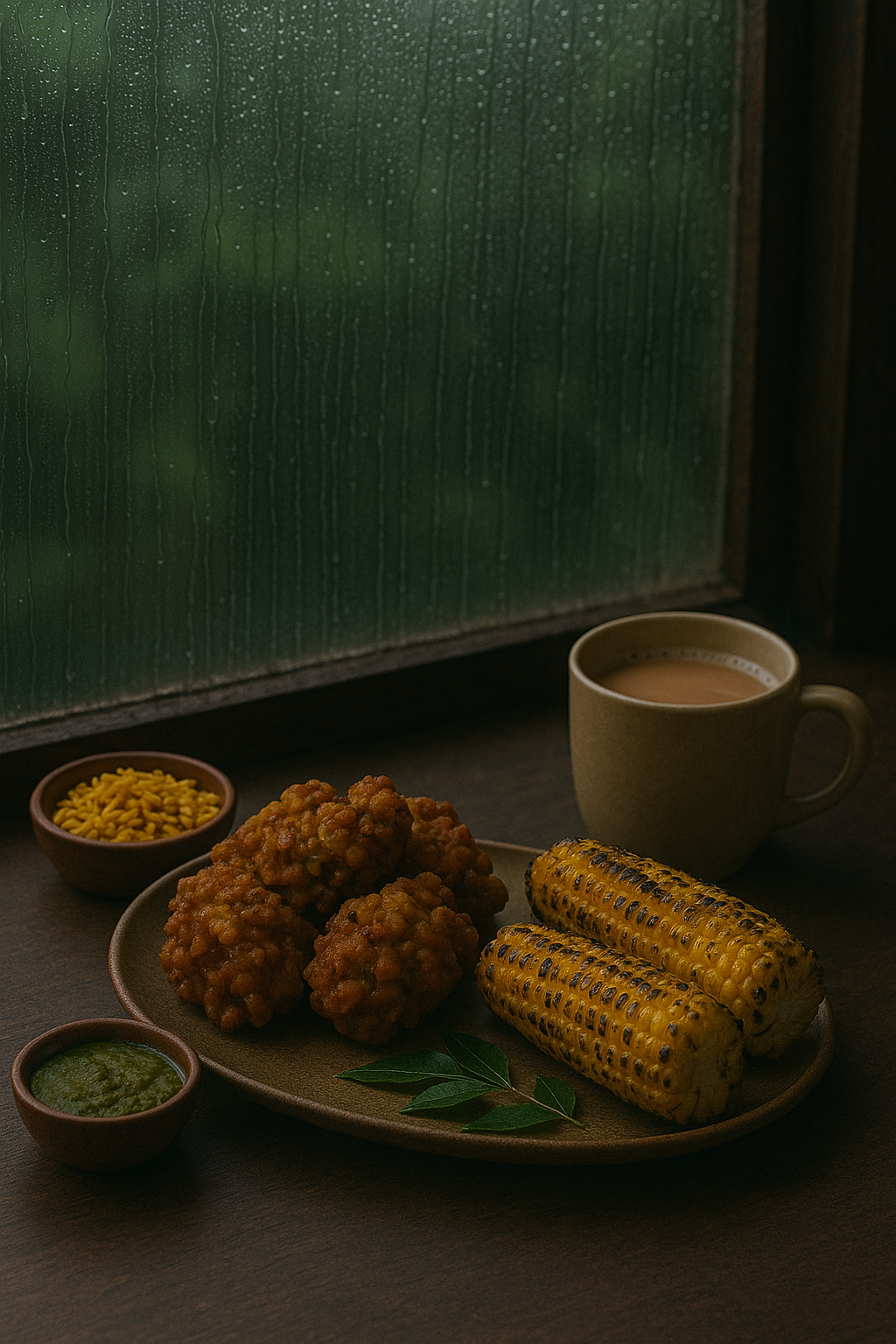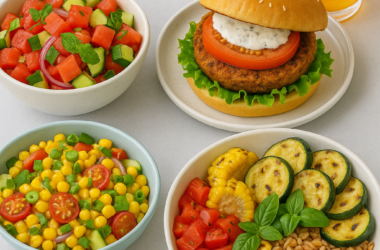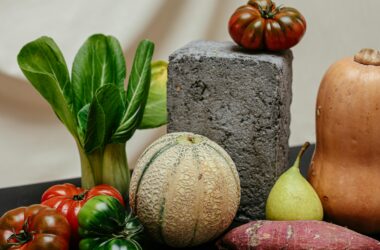The arrival of monsoon transforms the Indian kitchen. Damp skies call for warm, flavorful, and soothing dishes across regions. Indian food preference in monsoons leans toward hot, spicy, and immunity-boosting recipes. People crave comfort food that warms the soul and strengthens the body. From north to south, regional cuisine takes on a seasonal twist. Ginger, garlic, turmeric, and pepper dominate the flavor palette. Street food becomes popular again, despite the rain. Hygiene concerns exist, but cravings usually win. Pakoras, bhajiyas, and masala chai top the list. These pairings are staples of Indian food preference in monsoons. Rain inspires nostalgic meals passed down generations. Families unite over steaming plates of khichdi or spicy curry. The aroma of food mingles with petrichor. Restaurants and cloud kitchens also adapt their menus. The season dictates consumer demand more than any trend. Thus, monsoons become an opportunity for the food industry to evolve.
1. Spices and Warmth in Every Bite
Indian food preference in monsoons starts with warmth. Foods rich in spices dominate household menus during this time. Turmeric, black pepper, and ginger become popular. These ingredients help fight colds and increase immunity naturally. Indians often prepare masala khichdi with clarified butter. It is light, warm, and highly nutritious. Soups made with lentils or vegetables are also popular. Hot rasam in South India becomes a daily must. North Indian kitchens bring out spicy parathas and curries. Chutneys with garlic and tamarind enhance flavor profiles. Spicy bhajiyas made from onions or potatoes are often enjoyed. They are best paired with green chutney or sauce. These dishes create a sensory experience during wet days of monsoons. Street vendors sell corn roasted with masala and lemon. Even home chefs innovate with seasonal vegetables and grains. The blend of spice and rain is truly Indian. Such food satisfies both palate and seasonal health needs.
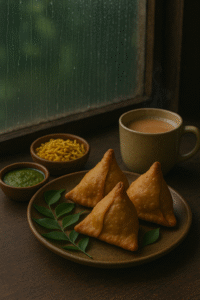
2. Regional Comforts That Define the Season
Different regions of India shape unique preferences in monsoons. Indian food preference in monsoons reflects cultural diversity and seasonal produce. In Maharashtra, spicy misal and kanda bhaji rule monsoon meals. Gujarat offers piping hot dal dhokli and methi theplas. Bengal prepares mochar ghonto and fish curry with mustard. In Kerala, hot appams with stew make a comforting meal. Himachal Pradesh serves siddu with ghee during rainy days. Punjabi kitchens serve hot rajma chawal or kadhi pakora. These foods connect people emotionally to the season. Many dishes use seasonal vegetables like colocasia and bitter gourd. Fermented foods work best for gut health. Rainy days increase the need for easy-to-digest meals. Comfort food takes center stage for families and travelers alike. Local eateries revive traditional recipes with slight modern touches. People eat more home-cooked meals due to rainy logistics. The monsoons are celebration of warmth through flavor.

3. Rise of Monsoon Menus in the Market
The monsoon has shaped the food industry’s evolving landscape. Indian food preference in monsoons is now influencing restaurant menus nationwide. Seasonal dishes are offered on curated “monsoon menus.” These include soups, fried snacks, herbal teas, and warm desserts. Delivery apps showcase monsoon combos and immunity-based meal packs. Cloud kitchens see a surge in regional dish orders during monsoons. Restaurants also promote special menus using seasonal ingredients. Ingredients like ginger, pepper, lemon, and tulsi are highlighted. Chefs craft innovative twists on traditional rainy-day meals. Health-conscious customers choose grilled or air-fried alternatives. Herbal drinks are promoted to boost immunity and detoxify. This shift shows growing awareness among food lovers. Social media trends further drive this transformation. Food bloggers showcase nostalgic and regional rainy-day recipes. Rainy-day cravings are no longer limited to homes. Food preferences now drive both market trends and innovation. Indian food preference in monsoons is setting new culinary standards.

Conclusion: A New Culinary Era Begins
Indian food preference in monsoons is no longer just a seasonal habit. It’s the start of a new food era. Consumer tastes are guiding the food industry’s evolution. Restaurants, brands, and home chefs are adapting rapidly. Innovation now respects tradition while catering to changing needs. Comfort food blends with health to create balanced meals. Seasonal produce and local ingredients gain importance again. Regional recipes are celebrated for flavor and purpose.
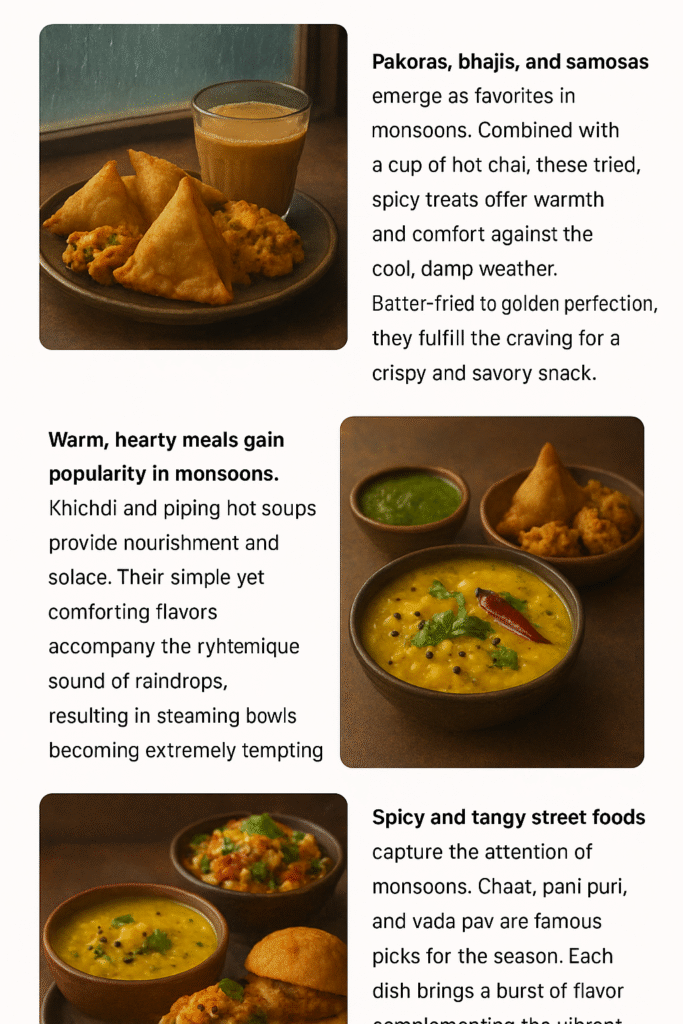
Monsoons have revived the love for mindful eating habits. This seasonal food wave is here to stay and grow. With every rain, a new recipe finds its audience. As food connects people, monsoon dishes unite cultures. The industry watches and evolves with this pattern. Indian food preference in monsoons is setting trends. It is no longer passive—it is leading. This marks the beginning of a bold, flavorful era.
Utpal Khot
Copyright © Utpal K
1. If you share this post, please give due credit to the author Utpal Khot
2. Please DO NOT PLAGIARIZE. Please DO NOT Cut/Copy/Paste this post.
© Utpal K., all rights reserved.
Copyright Notice: No part of this Blog may be reproduced or utilized in any form or by any means, electronic or mechanical including photocopying or by any information storage and retrieval system, without permission in writing from the Blog Author Utpal Khot who holds the copyright.
